The Earth used to be purple and 8 secrets of little surprise
The Earth still has many mysteries that people cannot discover. Here are the incredible surprises about Earth that make you change the way you look at "the common home".
- 5 outstanding scientific discoveries discovered in 2017
- What will happen if the wind stops blowing on Earth?
1. No one knows what the structure of the Earth is.
According to the study of seismologists, we know the inner structure of the Earth includes:
- The inner core is solid.
- The outer core layer is molten lava.
- Intermediate layer called mantle or mantle, located at a depth of 30 to 2,900 km.
- The rock cover can slip freely.
But what the mantle is made from is still a mystery to researchers because we can't dig it down to this layer or have any evidence of its structure. Until now, the deepest hole that can be digged is the Kola drilling hole in Russia, which is only 12.3 km deep.
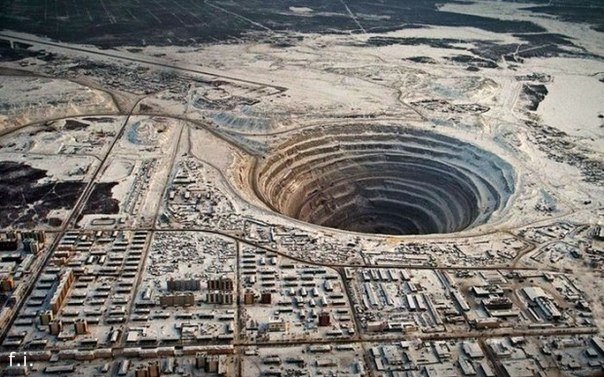
Kola drilling hole in Russia - The deepest hole that can even dig.
2. The two poles of the Earth are interchangeable
Scientists have shown that Earth's two magnetic poles can change positions and turn around.

This phenomenon has happened many times in the history of the Earth. The last time Earth changed polarity was 10 million years ago, and it is likely that this will happen again in the future. Until now, scientists still do not know how this phenomenon can occur.
- The Earth's magnetic field is about to reverse the polarity?
3. The Earth used to have two moons
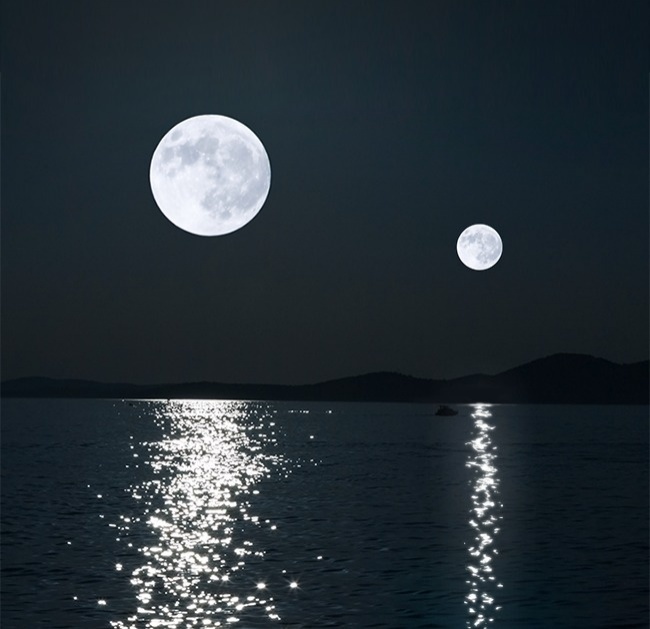
Scientists claim that, 4.6 million years ago, the Earth had two natural satellites.
The second satellite exists with the same orbit as the Moon and has a diameter of about 1,200 km. After several million years, these two satellites have collided. This may explain why the two halves of the Moon are so different today.
4. The Earth actually turns very fast
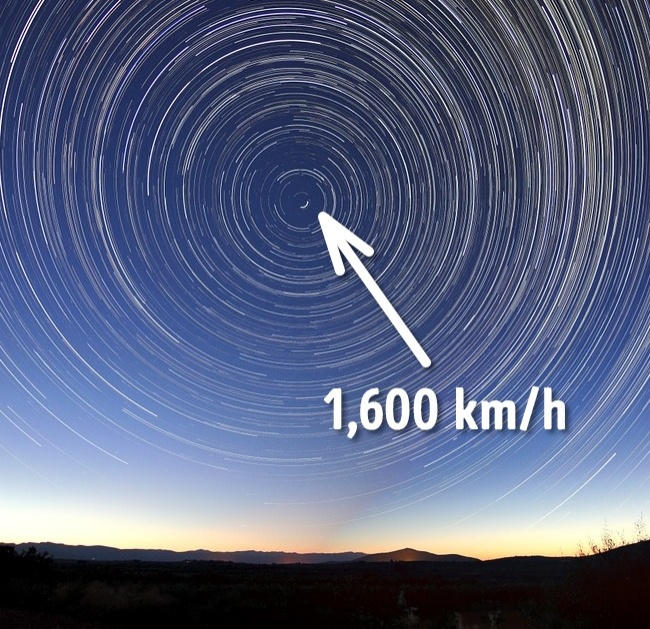
The Earth consists of both the atmosphere and everything on the planet's surface rotating at a tremendous speed of more than 1,600 km / h, while the speed around the Earth's Sun is 108,000 km / h.
People can live and function normally when standing on the ground because we, everything around us and the Earth are rotating at the same speed.
We can feel this movement by the wind but since the whole atmosphere also moves at the same speed as us, we don't feel anything.
If the Earth suddenly stopped spinning, we could feel this movement. But it will not be pleasant at all, everything on Earth will be swept away at more than 1,600km / h.
5. Time on Earth is 'getting longer' every day

620 million years ago, one day on Earth only lasted about 21.9 hours. But the Earth is getting slower and slower, so in the future, our day will be 25 hours long.
Scientists have shown that, after every century, the Earth's rotation slows by about 1.8 milliseconds, meaning the time of day will be 2 milliseconds longer. So, we have to wait another 200 million years to have 25 hours a day on Earth.
6. Gravity on Earth is not the same everywhere
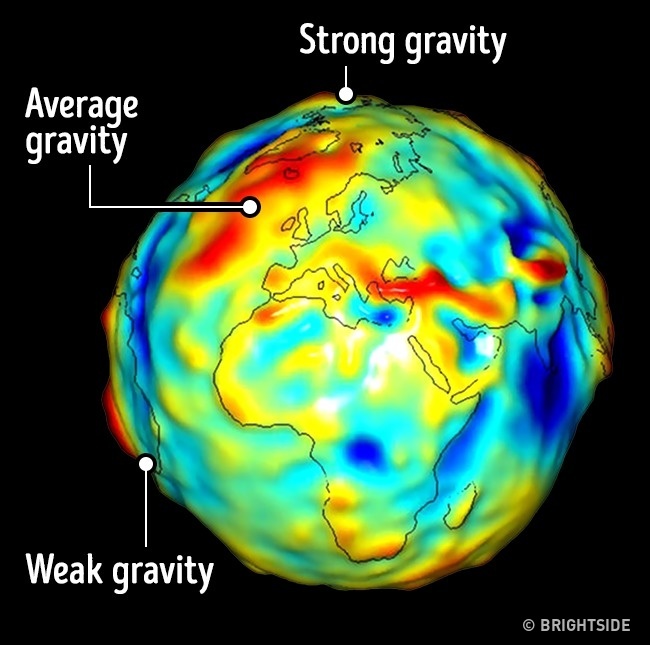
The Earth is not a perfect sphere, so the gravity of the Earth is uneven, there will be areas with weak gravity and regions with different strong gravity, even in places that are almost zero gravity.
Hudson Bay in Canada is known as the near-gravity place due to the low density of rocks here, caused by the rapid melting of glaciers.
7. In the primitive time Earth used to be purple

In ancient times, plants used retinal instead of chlorophyll to absorb light. This makes them reflect red and blue light. This is the reason why ancient plant species were red, not green, like today's plants.
This has led scientists to hypothesize that the pristine Earth used to be purple because it was covered by ancient plants.
8. The ocean is hidden in the ground
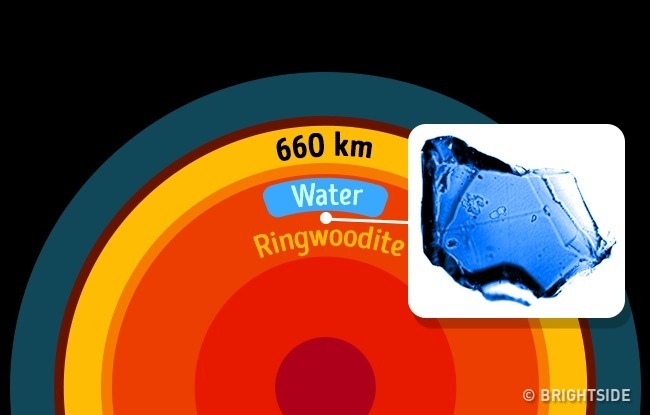
Scientists believe there is a huge ocean, and the amount of water contained in it is estimated to be three times greater than the amount of water all oceans on the Earth's surface.
In early 2014, researchers discovered "ringwoodite" - a material located at the transition zone, the transition zone (at depths of about 410 km and 660 km), which is proof that a giant sea of water exists beneath the surface of the Earth.
According to scientists, this underground ocean is dated to about 2.7 million years old, subject to tremendous pressure.
You should read it
- How long does it take you to reach the other half through the center of the Earth vertically?
- What happens when you travel through the heart of the earth?
- The new hypothesis about Snowball Earth and how the earth freezes hundreds of millions of years ago
- What will happen if the Earth stops spinning?
- The Earth's magnetic field is about to reverse the polarity?
- How fast can a rocket fly to win gravity and escape the Earth?
- New discovery: Iron snow rains are happening inside the Earth's core
- Journey to the center of the Earth, interesting facts that not everyone knows
- If the Earth swells twice, how will humans and plants and animals change?
- If we bring a part of the Sun to Earth, what terrible thing will happen?
- How will a meteorite be found to crash into NASA Earth?
- Black box records the process of destruction of the Earth
May be interested

Discover the history and exciting production process of toilet paper

The process of forming Everest from 50 million years ago

Discover the largest yacht in the world, which is as long as 3 football fields

If giving two neo-magnet magnets with a pulling capacity of 300 kg rushing at each other at 320 km / h, what would the result be?

Who are the 12 real characters behind the cards 'J, Q, K' in the West deck?

Japanese companies force employees not to sit while using computers






 We almost don't see which country has the purple flag, why is it?
We almost don't see which country has the purple flag, why is it? The Purple Fox malware targets vulnerable Windows systems worldwide
The Purple Fox malware targets vulnerable Windows systems worldwide How much money does it take to get to Earth 2 and how long does it take?
How much money does it take to get to Earth 2 and how long does it take? Eating purple foods helps you stay young longer
Eating purple foods helps you stay young longer 15 mysterious and strange places appearing on Google Earth surprise people
15 mysterious and strange places appearing on Google Earth surprise people How to download sticker Funny purple bird on Facebook
How to download sticker Funny purple bird on Facebook